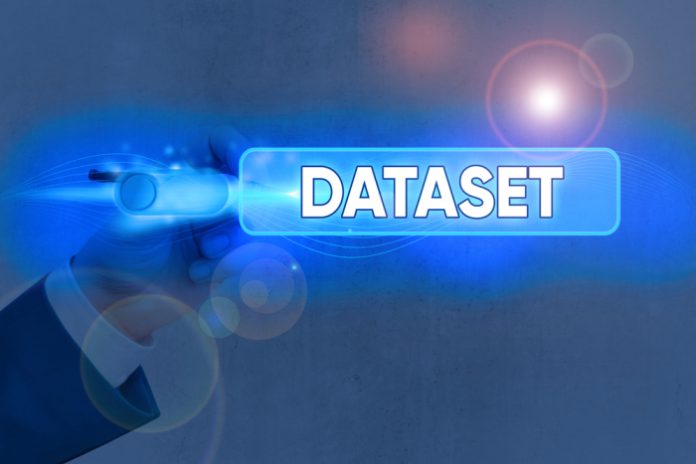You are a data analyst for a major online retailer. Every day, you gather data from the company’s e-commerce platform to help inform business decisions. Over the past few months, you have noticed that the quality of your dataset has been slowly deteriorating. The data is no longer as reliable as it once was. You’ve even found some errors in the data. This is a major problem.
Reliable Data Is Vital
Your dataset is the foundation of your work as a data analyst. Your insights and recommendations will be inaccurate without reliable data from the best observability tools. Worse, if you don’t take action to fix the problem, the quality of your dataset will continue to decline. This will eventually lead to severe consequences for your career.
Healthy vs. Unhealthy Data
So, what can you do to keep your dataset healthy and well-maintained? First, it’s essential to understand what constitutes healthy data. Healthy data is accurate, complete, and consistent. It is also up-to-date and reflects the most recent information available.
Conversely, unhealthy data is inaccurate, incomplete, or inconsistent. It may also be out-of-date or no longer reflect the most recent information. The danger of harmful data is that it can lead to bad business decisions. After all, if the data you’re basing your decisions on is inaccurate, your conclusions will likely be erroneous. If you notice any of these warning signs, it’s time to take action to fix the problem.
Consequences of Unhealthy Data
If you don’t take action to fix an unhealthy dataset, the consequences can be serious. As we mentioned before, inaccurate data can lead to bad business decisions. In turn, it can harm the company’s bottom line. In the worst-case scenario, it could even lead to the loss of customers.
Another consequence of unhealthy data is that it can damage your reputation as a data analyst. If you are known for producing inaccurate insights, you will likely find it difficult to advance in your career.
Signs of Healthy Data
One of the best ways to keep your data accurate is to stay proactive. Monitor your dataset regularly and look for signs that your data is healthy. To properly monitor your dataset, you need to have a system in place.
This system should include both automated and manual checks. Automated checks can be done using the best observability tools that scan your dataset for errors and outliers. Manual checks should be completed as well.
The Data Is Accurate and Up-to-Date
Healthy data should be accurate and updated regularly. If the information is inaccurate or old, it will be much tougher to produce tangible insights.
To check the accuracy of your data, you can compare it to other sources. For example, if you’re working with sales data, you can compare it to the company’s financial reports. If there is a discrepancy, you will know something is wrong, and you can investigate further.
The Data Is Complete
Another sign of healthy data is completeness. All of the relevant information is included in the dataset. If some of the data is missing, it is not easy to draw accurate conclusions.
The Data Is Consistent
The same information is represented in the same way throughout the dataset with no discrepancies between different sources. Inconsistent data can be very confusing and challenging to work with.
The Data Is Well-Organized
A well-organized dataset is much easier to work with than a chaotic one. Healthy data is accessible and can be easily retrieved when needed. This sign is often overlooked, but it’s necessary nonetheless.
Final Thoughts
Maintaining a healthy dataset is vital to the success of any data analyst. By understanding what constitutes healthy data and identifying unhealthy data, you can take proactive steps to ensure that your dataset remains accurate and up-to-date. By following these tips, you can avoid the intense consequences of an unhealthy dataset.
Find a Home-Based Business to Start-Up >>> Hundreds of Business Listings.

















































